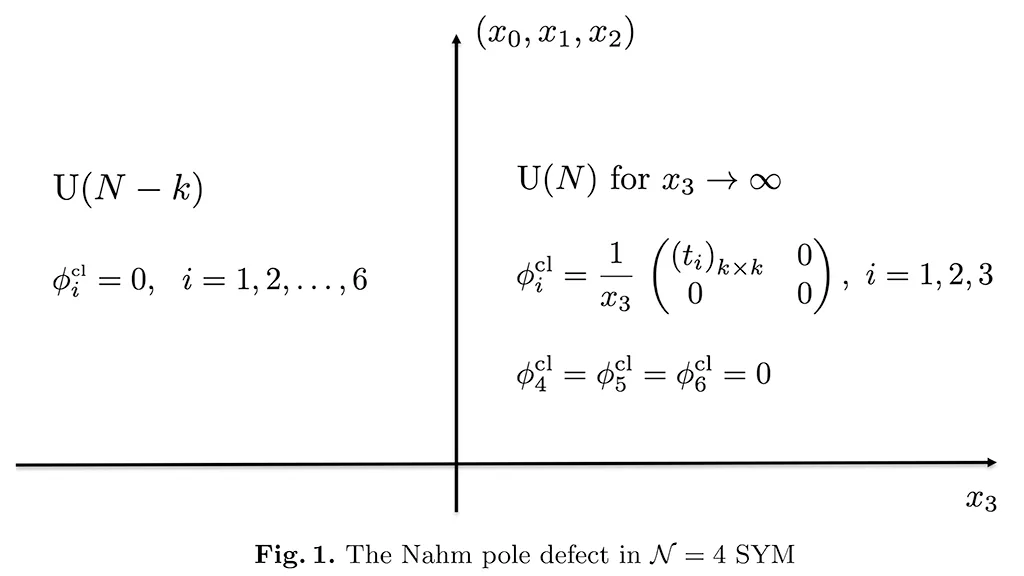Quantum Field Theory is currently the best, extremely successful framework to describe all fundamental interactions, apart maybe from Gravity. Gravity becomes strong at the scale of the whole Universe or in the violent events like collisions of binary black holes, which can be observed by detecting the emitted Gravitation Waves. Even though these processes are classical, tools to calculate the shape and the amplitude of the signal are rooted in Quantum Field Theory as well.
What happens when the gravitational field is so strong that quantum effects cannot be neglected is largely unknown. Perhaps String Theory can give us a clue, or maybe the best bet is to quantize gravity in the non-relativistic regime more compatible with our everyday experience.
Senior Faculty

Paolo
Di Vecchia
Nordita Professor Emeritus

Alan
Luther
Nordita Professor Emeritus

Konstantin
Zarembo
Nordita Professor
Junior Faculty

Alexander
Krikun
Nordita Assistant Professor

Olof
Ohlsson Sax
Nordita Assistant Professor

Dmytro
Volin
Nordic Assistant Professor
Postdocs and Researchers

Francesco
Alessio
Nordita Postdoc

Aleksandr
Chatrchyan
Nordita Fellow

Sabine
Harribey
Nordita Fellow

Oksana
Iarygina
Nordita Postdoc

Benjamin
Knorr
Nordita Fellow

Johannes
Lahnsteiner
Nordita Postdoc

Victor
Mishnyakov
Nordita Fellow

Judit
Prat Martí
Nordita Fellow

Ronnie
Rodgers
Nordita Postdoc

Ziqi
Yan
Nordita Postdoc
MSc and BSc Students
Visitors

Marco
Fazzi
Guest Researcher

Guilherme
Franzmann
Guest Researcher

Troels
Harmark
Guest Researcher

Henrik
Johansson
Corresponding Fellow, Guest Researcher

Matthew
Lawson
Guest Researcher

Ingrid
Vazquez-Holm
Guest Researcher

Benjamin
Wallisch
Guest Researcher

Aleksandr
Zheltukhin
Guest Researcher
Corresponding Fellows
Quite remarkably, strong gravitational fields are capable to describe non-gravitational physics by means of the Holographic Duality. Holography has numerous applications ranging from hadrons and their interactions to strongly-correlated electrons. It also underlies those few models of Quantum Field Theory where analytical control over quantum fluctuations can be extended to a fully non-perturbative regime without any small parameters.
The mathematical structure of Quantum Field Theory is extremely rich, and over time has given rise to the whole areas of modern geometry, algebra, and representation theory, while new mathematical ideas constantly enrich our knowledge about the basic constituents of matter.
Latest Publications
The latest publications by the High Energy group.




